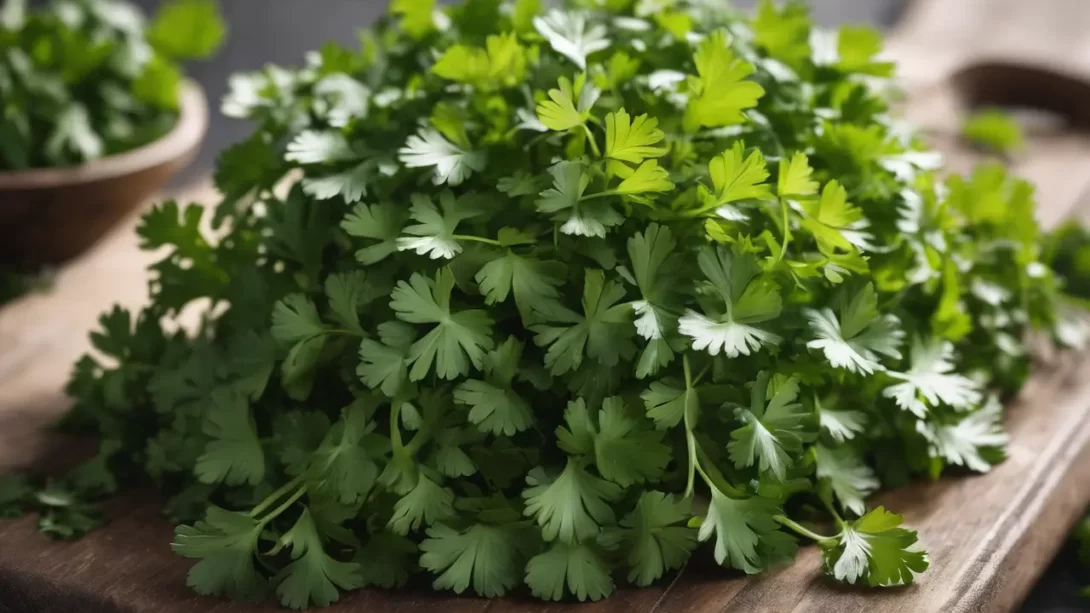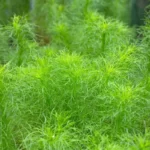Cilantro, also known as coriander, is a popular herb widely used in various cuisines around the world for its fresh and distinctive flavor. When shopping for cilantro, it’s often sold in bundles referred to as “bunches.” However, the exact quantity of cilantro in a bunch can be a bit ambiguous, especially for those following recipes that require precise measurements. This article aims to clarify what a bunch of cilantro typically entails and how to gauge the amount you’re getting.
Bunch: A Standard Measurement in Produce
In culinary and grocery contexts, a “bunch” is a commonly used term but doesn’t have a strict definition. Generally, it refers to a group of cilantro stems tied together, sold as a single unit. The size of a bunch can vary significantly depending on where you purchase it. Grocery stores, farmers’ markets, and organic food stores might all have different standards for what constitutes a bunch. This variability is important to keep in mind when shopping for cilantro, especially when specific quantities are needed for a recipe.
Quantifying a Bunch of Cilantro
On average, a bunch of cilantro usually weighs around 1 to 2 ounces (28 to 57 grams). When chopped, this amount typically translates to about ¾ to 1½ cups of loosely packed leaves. However, these measurements can fluctuate based on the size of the bunch and the density of the leaves. Understanding these averages can be helpful in estimating how much cilantro you’re purchasing or need for your cooking endeavors.
Visual and Practical Guides to Measuring Cilantro
Visually estimating the size of a bunch of cilantro can be straightforward. A standard bunch usually appears as a full, leafy cluster that fits comfortably in an adult’s hand. For culinary purposes, if a recipe calls for a bunch of cilantro, it typically means the entire cluster as purchased. However, for more precise cooking, you can use household tools. Chopped cilantro can be measured in cups or tablespoons. To convert a bunch into a measurable quantity, chop the leaves and loosely fill a measuring cup or spoon, avoiding compression for an accurate measure.
Factors Influencing the Size of a Bunch
The size of a cilantro bunch can be influenced by several factors. Seasonally, cilantro grows best in cooler weather, and bunches might be larger and leafier during these periods. Geographical location also plays a role; bunches can vary in size from one region to another based on local growing conditions and practices. Additionally, organic cilantro bunches might differ in size compared to those grown conventionally. Organic bunches are often smaller, as they are grown without synthetic fertilizers that can boost plant growth.
Storing and Preserving Cilantro
Proper storage is key to maintaining the freshness of a bunch of cilantro. The herb should be stored in the refrigerator, ideally in a loose plastic bag with some air circulation. To prolong its freshness, cilantro can be placed stem down in a jar of water, covered loosely with a plastic bag, and refrigerated. Changing the water every few days can keep the cilantro fresh for up to two weeks. For longer-term preservation, cilantro can be frozen either as whole leaves or chopped, stored in airtight containers or freezer bags.
Using Cilantro in Cooking
Cilantro is a versatile herb that adds a fresh, vibrant flavor to a variety of dishes. When using cilantro, both the leaves and the tender stems are edible. It’s often used as a garnish in salads, salsas, and soups, or incorporated into sauces like chutney and pesto. Cilantro’s unique taste is best enjoyed fresh, as cooking can diminish its flavor. Adding it towards the end of the cooking process or as a finishing touch can preserve its aromatic qualities.
Tips for Buying the Right Amount
When purchasing cilantro, consider the recipe or dish you plan to prepare. If a recipe specifies a certain cup measurement rather than a “bunch,” it’s helpful to remember that a standard bunch typically yields about ¾ to 1½ cups chopped. For larger recipes or if you use cilantro frequently, buying multiple bunches might be necessary. Inspecting the quality of the cilantro, such as looking for vibrant, green leaves and avoiding bunches with wilted or yellowed leaves, ensures you get the best flavor and longevity from your purchase.
Conclusion
A bunch of cilantro can vary in size, but it generally contains enough herb to yield about ¾ to 1½ cups when chopped. Understanding this measurement can help in accurately following recipes and making the most of this flavorful herb. Proper storage and preservation techniques can extend the life of cilantro, ensuring it remains fresh and ready for use in your culinary creations. With its distinctive taste and versatility, cilantro is an essential ingredient that can elevate the flavor profile of many dishes.




